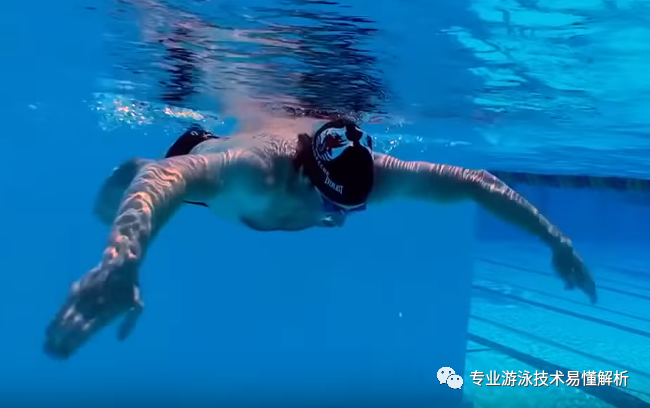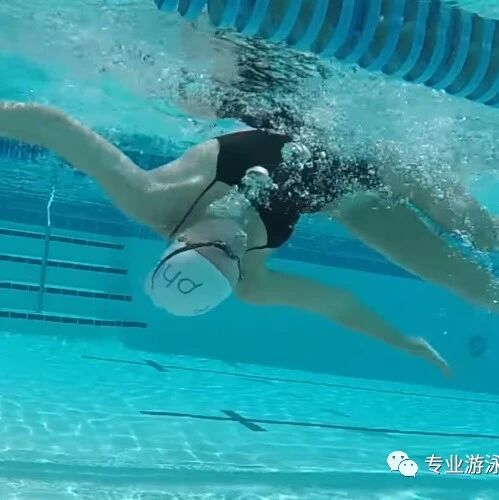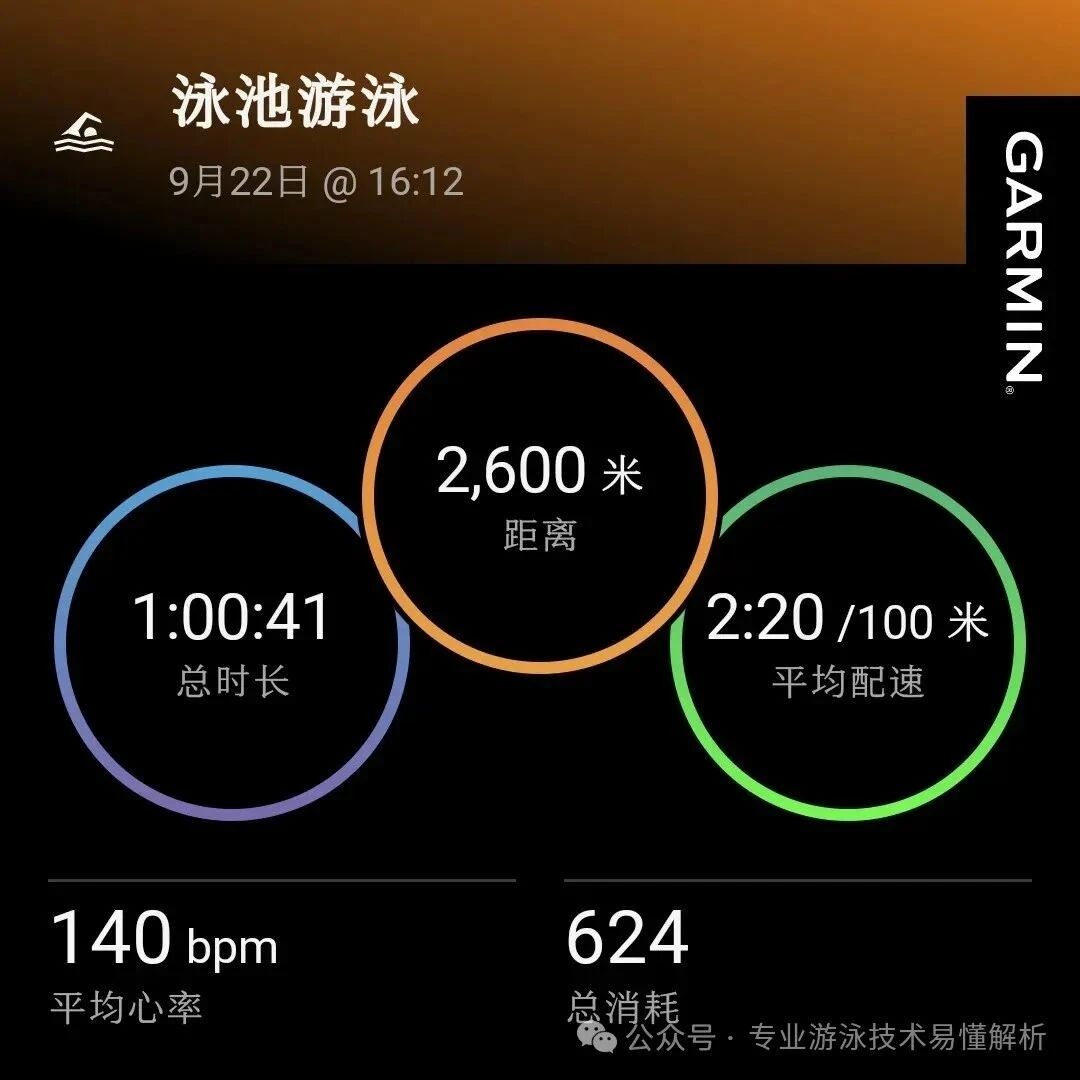Why does swimming become more obsessive the harder you push yourself? Analyzing the relationship between muscular symmetry and postural alignment.
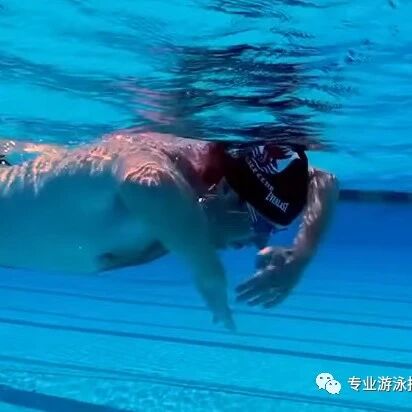
When first learning to swim, you often feel like you have endless energy, pushing yourself to swim with all your might. But once you reach a certain level, you start focusing more on swimming techniques—searching for ways to swim more effortlessly and efficiently, or in other words, developing smarter swimming strategies. Take the concept of Total Immersion swimming as an example: Mr. Triklauf hit a plateau in competitive sprint swimming, which led him to shift his focus entirely to long-distance events. It was through this transition that he redefined and deepened his understanding of the sport, ultimately creating the Total Immersion approach to both learning and practicing swimming.
Whether it’s the Asian Games or the Olympic Games, sports seem to be dominated by young and middle-aged athletes. Take swimming, for example—any athlete over 25 is already considered a "veteran." Yet for the general public, swimming isn’t just a competitive sport; it’s also an excellent way to stay healthy and maintain fitness. With that in mind, it makes even more sense to swim at your own pace while striving to gradually improve your speed—after all, staying within your limits is key to reaping the full benefits.
Discussions—and even debates—about swimming speed are common in various swimming forums and online groups. From a competitive standpoint, swim speed is undeniably the sole metric for measuring performance. Yet, from the broader perspective of swimming as a sport, treating speed as the *only* measure of its value can feel like an overly rigid, almost stubborn pursuit. Conversely, insisting that recreational or leisurely swimming holds more significance than competitive racing is equally pointless. Instead of wasting time arguing about which type of swimming matters more, it’s far better to channel that energy into practicing the style—or approach—that personally resonates most with you. After all, meaning isn’t inherently tied to labels; it emerges simply from taking action.
Sports themselves are a skillful art that involves mastering how to efficiently channel physical strength—transforming raw power into refined, strategic motion. It requires a series of interconnected movement techniques that build on one another, while also demanding constant adaptation of tactics to better achieve athletic goals. The seamless and explosive nature of force production is ultimately the result of combining both technical proficiency and well-crafted training strategies.
Take freestyle swimming as an example: No matter how strong your arm muscles may be, if you fail to engage the powerful shoulder and back muscle groups effectively, your arms will quickly lose their ability to generate propulsion—and worse yet, this could even lead to muscle or joint injuries over time. Similarly, when swimming breaststroke, relying solely on leg power can quickly leave you fatigued. However, by integrating the powerhouse of your gluteal muscles with your leg strength, breaststroke becomes not only easier but also smoother and more efficient. Meanwhile, butterfly demands precise control of your core and abdominal muscles; simply focusing on chest movements or flailing your legs alone won’t sustain long enough to master the stroke. In fact, incorporating exercises like crunches can significantly enhance your ability to execute butterfly technique with greater endurance and fluidity.
When first learning to swim, avoid swimming with excessive force—doing so can inadvertently lead to incorrect muscle activation patterns and develop poor movement habits. Instead, focus on feeling how water supports your body, paying close attention to enhancing your sensory awareness of the water. Letting your body naturally follow the flow of the water will make it easier to progress and master swimming techniques.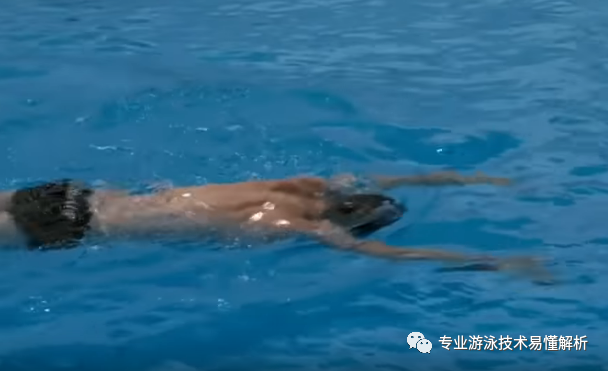
2. The balance of strength—primary vs. secondary—and symmetry are crucial.
Swimming is when a person leverages the power of water—specifically, how human effort is amplified through the medium of water. In this process, the primary force propelling the body forward isn’t human strength itself, but rather the inherent power of the water. Recognizing this fact is essential for continuously improving one’s swimming technique.
Water exerts two key forces: buoyancy and drag. Buoyancy allows the body to float, which is the necessary first step to glide smoothly through the water. Meanwhile, drag—the resistance created by the water—is the opposing force that must be managed effectively. Swimming, therefore, involves skillfully interacting with these two fundamental aspects of water dynamics: first, learning how to achieve greater ease and stability while floating, and then refining techniques to minimize frontal drag while maximizing backward resistance. This approach ultimately helps swimmers maximize their speed and efficiency in the water.
From the perspective of human power, first, maintain a straight, upright body posture, ensuring that core strength takes center stage—avoid letting the arm-pulling and leg-kicking motions overshadow it, which could lead to issues like twisting your waist during the pull or bending your hips while kicking. Second, ensure that power flows seamlessly from head to toe: after the arms finish their stroke, immediately transition into the kicking motion, and once the legs have completed their kick, smoothly resume with the arm pull again. This continuous flow of energy prevents any awkward gaps or interruptions in power delivery. Finally, since the strength between the left and right sides often differs, strive for symmetry by deliberately reducing the intensity slightly on the stronger side while subtly increasing it on the weaker side. This helps prevent the swimmer from alternating between dominant and lagging strokes, maintaining a balanced and efficient rhythm throughout the swim.

3. Keep your head stable relative to the central axis.
When swimming, the head isn’t stationary—it moves dynamically. In breaststroke and butterfly, the head rises and falls; in freestyle, it alternates side-to-side rotations. The ability to accurately return the head to its starting position is a clear indicator of your swimming proficiency, especially whether the head remains aligned with the body’s central axis throughout. This alignment is crucial for both short sprints and longer-distance swims.
In contrast, issues like lifting the head too high or keeping it too low have relatively minor impacts on improving your overall technique—these can often be corrected with just a bit more awareness. Maintaining a stable body axis plays a key role in enabling smooth, synchronized shoulder-and-hip rotations, while these coordinated movements, in turn, are essential for keeping the body’s central line steady.
That’s why, when executing your kick, focus on engaging your hips; and when performing your arm strokes, concentrate on activating your shoulders. Only by integrating these movements into a cohesive, interconnected rhythm—not letting them work independently—can you truly refine your technique and steadily elevate your swimming performance.
